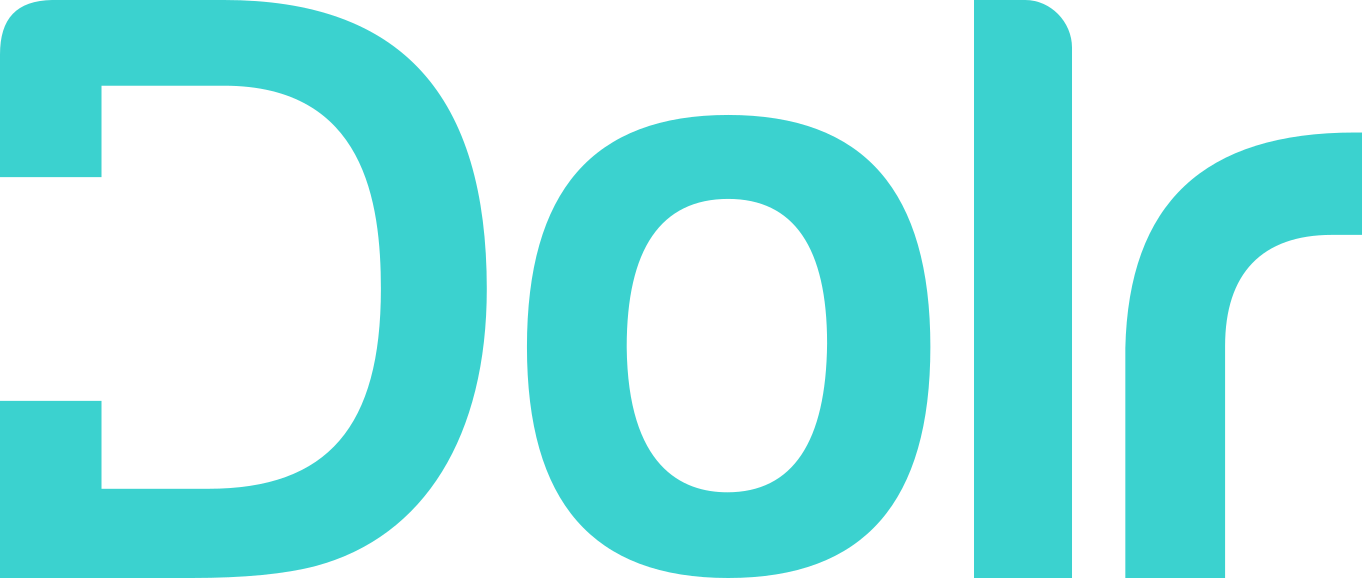When Athletic Scholarships Don’t Erase Student Loan Debt
Athletic scholarships are harder to get than academic scholarships, and for most athletes, they don’t cover the full cost of college.

In 2016, Taylor Gabriel went to the Super Bowl with the Atlanta Falcons after playing two seasons with and being cut by the Cleveland Browns.
What else was he doing in 2016?
Making payments on the $25,000 he owed in student loans.
Gabriel is one of the college athlete success stories. He graduated from a small college (Abilene Christian) where he didn’t get a full ride scholarship. He didn’t get an invited spot as a free agent with the NFL. He did an old fashioned try-out and got a spot with the Cleveland Browns.
In 2018, Gabriel signed a $26 million deal with the Chicago Bears, so he’s *probably* paid his student loans off by now.
But what about the athletes who don’t have that kind of success?
Athletic scholarships are harder to get than academic scholarships, and for most athletes, they don’t cover the full cost of college. Since less than 2% of college athletes go on to become professional athletes, those big dollar contracts are about as far as most students could get from a sure thing.
The cost of college for student athletes
Getting an athletic scholarship for college isn’t much easier than getting into pro sports, from a statistics perspective. Only 6% of high school athletes will receive a scholarship to compete at the college level. And that includes all scholarships — not just those coveted full rides.
While Division I and Division II schools provide around $2.7 million in athletic scholarships each year, almost half of student athletes at those schools don’t get one. And Division III schools don’t give out any athletic scholarships.
The average athletic scholarship for both male and female athletes is between $18,000 and $19,000 at Division I schools. It’s less than half that at Division II schools. Keep in mind that those averages include the student athletes getting big dollars at top athletic programs (the average award for the 2019-2020 school year at Southern Methodist University was over $48,000). So balancing that average out means many athletes are getting very small awards.
Let’s compare even the average scholarship amount with the average college tuition: $22,698 for public schools (out of state) and a whopping $38,185 for private colleges. Yes, the tuition for an in-state public school is much lower at just over $10,000, but high school athletes looking for athletic scholarships and the possibility of a future pro career may not have the option of their local public institution.
And of course, the particular sport (and gender) matters. A student is much more likely to get a full ride for football than they are for track. And a male athlete is more likely to get a scholarship than a female athlete.
Even a student athlete that gets their full tuition covered may still be responsible for other expenses like books, food, their lodging, etc. And it’s not like they can work on the side to help pay for school. They’re too busy with their athletic obligations.
So the majority of student athletes are covering at least some of the cost of their college education with more than athletic scholarships — academic scholarships, need-based grants or scholarships, money from their parents, and often student loans.
Plus, like most scholarships, athletic scholarships are contingent on continuing to meet certain criteria — like maintaining a set grade point average as well as your role on the team. A student who falters on either may lose their scholarship. And being a college athlete isn’t a walk in the park for most students. They have to keep up with classes as well as intense practice schedules (not to mention the actual competitions).
What happens if a student loses their scholarship?
They have to find another way to pay for school. Some transfer to different schools, which may or may not be less expensive. Many take out additional loans to continue their education.
And let’s remember how many of those students make it into pro sports: two percent.
See: Student Loan Anxiety: How Debt Impacts Your Mental Health and Your Relationships
How student athletes can pay off their student loans
If you were a student athlete and you don’t have a $26 million NFL contract, what’s your plan for paying off your student loans?
You’re probably in the same boat as the rest of us. You’re working a relatively well-paying job, and you’re making progress on your loans. Or you’re working a relatively well-paying job, and you can’t believe how painful those student loan payments still are. Or you’re just making ends meet, and the student loan payments feel like little monthly stabs in your gut. Or you’re somewhere in the middle.
The best way to get those loans paid off (and save money in the long run) is to pay as much as you can right now. Every dollar you pay today is a dollar that doesn’t accrue interest, and all those dollars add up to paying your loan off faster and paying less interest. Use our student loan repayment calculator to see exactly how much you’d save by making an extra payment each month.
For the most convenient way to set up those extra payments, try the Daily Dolr.
If you’re barely able to make your payments as it is, that’s obviously not an option. There may be things you can do to help, like making adjustments to your monthly budget. But you might be maxed out. In that case, it’s time to ask someone else to help. Talk to your employer about whether they have a loan repayment assistance program. If they don’t, ask whether it’s something they’d be willing to consider. We have plenty of resources for employers you can offer them.
Student loan repayment is a major issue for millions of Americans, so there’s a good chance you’re not the only employee that could use some support.
See: Borrowers Like You: From a Ballooning Loan Balance to a Pay-off Plan
You can also sign up for Shop & Pay — not as a reason to do more shopping if you’re pushing the boundaries of your budget. Instead, use it to get student loan rewards for the shopping you already have to do.
Hopefully your time playing sports in college brings you many happy memories — ones that aren’t drowned out by the burden of your student loans. If you are suffering under the weight of them, we’re here to help. Start by checking out the Daily Dolr.
Contributed by Katie Taylor.



